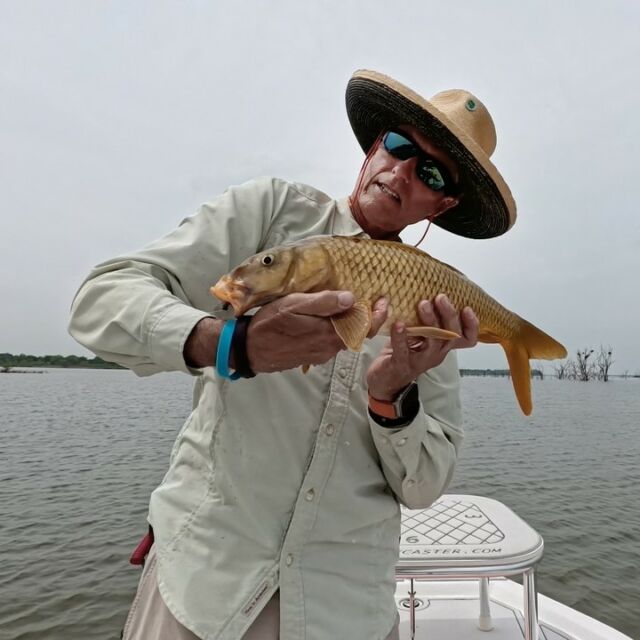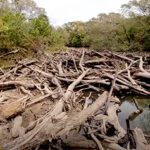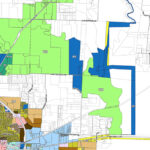Water Wednesday – Deep Inside Texas Water
toilet to tap texas water conservation water board
 Little did any of the speakers know that the guy with the camera yesterday was actually listening.
Little did any of the speakers know that the guy with the camera yesterday was actually listening.
I’ve been writing about water for a few years now, and yesterday was one of those days when worlds collided. I had a photo assignment for a regular client, Texas CEO Magazine, in Dallas and the three speakers are all submerged in the Texas water crisis.
You’ll recall, in my long-ago review of the members of the Texas Water Board (occupied by appointees of Rick Perry previously, and now experiencing changes with the new Governor), there was one, and only one member who actually had any vitae, any business, being on that board. Carlos Rubinstein was one of the guest speakers I photographed yesterday, at Dallas Park Cities Club. I also told you his days were numbered from the start, just because he was the one person who had his own voice.
The other two distinguished guests, TWCA’s Dean Robbins and water rights attorney Russ Johnson, were unknown to me before yesterday’s event, but all three speakers had a lot to say about Texas’ water situation and what the future holds for texas.
Rather than break down who said what, and since I was quite occupied with work, let me just run down what I heard that actually stuck in my saturated mind.
North Texas, our region has growth projections that will outstrip our supply of water, no matter what. None of them even addressed raising cost as a means to lowering demand. I assume that is because the sheer numbers of people arriving in the North Central Texas region won’t care about the cost – they just need water. Projected population (*check me on the number of years) at 20* years out from now is 95-million people.
Desalinization is not cost effective now, and will not be in the near future. However, desalinization for coastal populations does reduce pressure (demand) all the way up the rivers / lakes / reservoirs.
Pipelines
The problem that the speakers agreed Texas has is infrastructure. We have regions of Texas that have perennially more water than they ever use (East Texas), while other regions have wild fluctuations, or no viable water at all. Without pipelines to move water throughout the State, it’s up to each region to fend for itself. AND, moving this water will be expensive anyway, as in triple the cost of water that comes to tap from local surface water.
Toilet To Tap
Certainly, the toilet-to-tap water systems are getting a lot of attention these days. The biggest hurdle, according to the speakers, getting over the “yuk” factor. Nevertheless, this is coming to your tap soon, and on a much wider basis across Texas. There is unanimous agreement that this is a helpful solution. Look for purple pipes very soon.
Brackish Ground Water
You’ll remember I talked in the past about where fracking has it’s weakest link in the environmental chain. It was and still is injection wells. Now that attention is being focused, by the water world, on that brackish salt layer of water as a water supply … the handwriting may finally be on the wall for fracking with the chemicals now in play. Again this resource is more expensive than the water we use now.
MINE IS MINE
The attorney in the room, Russ Johnson, had the most to say about water rights in Texas, with anecdotal stories about being on the road. Somewhere in East Texas, after a restaurant worker found out why he was there, said “just don’t take my water,” he asked how much was their water? “All of it,” was the reply. He shared many stories from the macro level down to micro stories about landowners simply wanting to redirect water through their properties and being held up in studies for years, and years, only to be followed by (he predicts) years, and years of litigation.
TIME IS NOT ON OUR SIDE
Right now, in Texas, the time it takes to construct a new reservoir (whether it should be done or not), is 25 years. That means start (the legal process) today, and that water hits the tap in 25 years – no doubt, no hedging. Reforms in eminent domain, water rights and regulations are on the way.
Texas has always been reactionary in their water programs and implementation of the programs. And that reaction is always a response to drought – always. I can not count the number of times Rubinstein said the drought of the 1950’s was twice interrupted by flooding rain events. Is that what we’re experiencing now?
One great question from the crowd was about what we could learn from California. The answer was unified; Nothing. California is learning about water from Texas. Whether it is legislation, or funding, Texas is leading the way in creative ways to solve residential water supply problems.
Assistant General Manager of the TWCA Dean Robbins – the TWCA being the Texas Water Conservation Association – at least gave me some hope by the fact that such an organization exists and is affiliated with the National Water Resources Administration. It states that the TWCA is an advocate for water users and serves an advisory role to Congress and the Texas Legislature.
About the time I try not to get all wonkish on water, this event came along and served as a sobering reminder of just what we, the lowest animals on the Texas water chain, are up against. There’s no mention of the recreational dollars lost due to poor water management, and no one wants to be the first to even try and use price as a controller of demand for Texas water. Call the Texas third rail.
Category: Texas Water Conservation



























